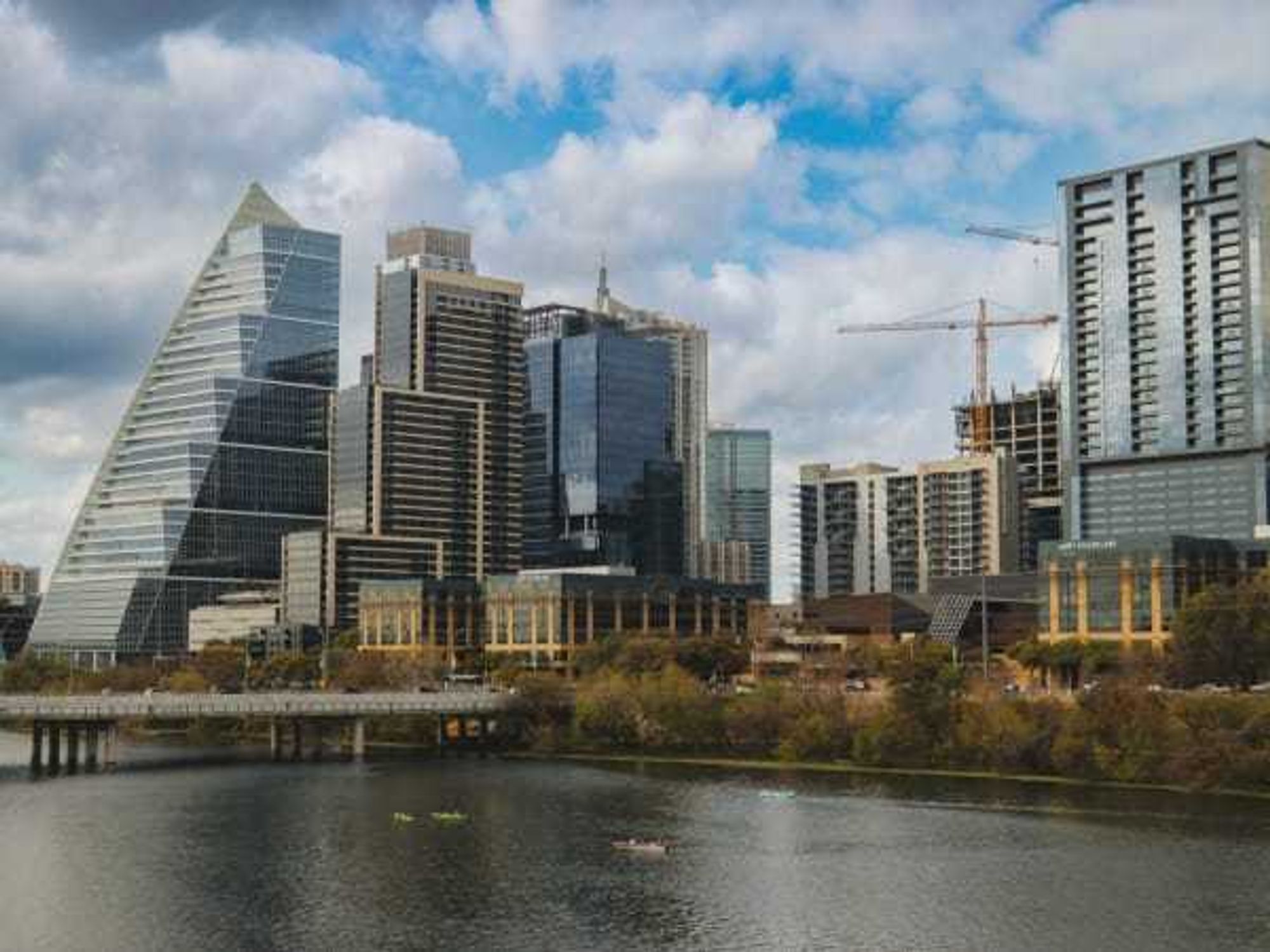The Amazon effect
Brace for an even hotter housing market if Austin lands Amazon HQ2

If Austin scores Amazon’s $5 billion second headquarters, we should brace ourselves for a hotter — and costlier — market for single-family homes.
A new report from Amherst Capital Management LLC, a real estate investment firm, forecasts demand for single-family homes in the Austin metro area would jump by 13 percent if Amazon picks our region for the e-commerce giant’s so-called HQ2 project. By comparison, demand would inch up by just 4 percent if Dallas gains HQ2.
“Wherever Amazon decides to put its second home, housing prices will likely skyrocket,” according to MarketWatch, citing figures that show home prices in Amazon’s hometown of Seattle have soared 83 percent in the past seven years. “And because HQ2 is likely to lure other companies — from established competitors to burgeoning startups — Amazonians won’t be the only people in search of new housing.”
Austin and Dallas are the two Texas finalists among the 20 HQ2 bids being weighed by Amazon. In all, 238 North American communities submitted pitches to the Seattle-based company.
If Amazon HQ2 were to come to Austin, the project likely would aggravate an already nagging problem for the region: affordable housing. In the Austin metro area, the median price of a home rose by 5.4 percent to $299,900 in 2017, according to the Austin Board of Realtors.
“Affordability in Austin and the surrounding areas remains a concern for potential buyers. It’s important to address this issue in the coming years through policies and development codes that allow for more diverse housing options so that everyone can participate in homeownership,” Steve Crorey, 2018 president of the Austin Board of Realtors, says in a release.
Amherst Capital bases its projections on the assumption that the estimated 50,000 jobs that Amazon plans to create at HQ2 would be added over a five-year period. According to the Wall Street Journal, Amazon plans to build the $5 billion project over the course of 15 to 17 years.
Among the 17 metro areas that made Amazon’s shortlist for HQ2 (though 20 were named, three bids are in the Washington, D.C. metro and two are in the New York City region), Austin’s predicted HQ2-related rise in housing demand sits in the middle of the pack.
Amherst Capital envisions the Pittsburgh area would see the biggest spike in housing demand as a result of HQ2 at 27 percent. Columbus, Ohio, and Raleigh, North Carolina, would experience bumps in demand of 20 percent each, the report says. Meanwhile, Nashville would be at 15 percent, with both Boston and Austin at 13 percent.
The smallest HQ2-spurred increase, according to Amherst Capital, would be in New York City at just 3 percent. Because of this and other factors, Amherst Capital says that if HQ2 was built in New York City, the “relative effect” on the region would be smaller than if HQ2 wound up in a city like Austin or Raleigh.
“Amazon’s decision to locate HQ2 in one of several areas has the potential for a wide range of outcomes,” the report says. “For areas like New York and Dallas, HQ2 would be another large company located in the metro area bringing incremental strength to the regional economy.”
“For Pittsburgh, HQ2 may be able to change the fortune of the metro area and reverse its population decline,” the report adds. “For fast-growing areas like Columbus and Raleigh, HQ2 would simply accelerate the growth of an already-high-growth metro area. Whether small or large, the area in which HQ2 eventually locates will be set for a housing market bump.”
